Difference Between Male and Female PelvisThe Male Pelvis: What Is It?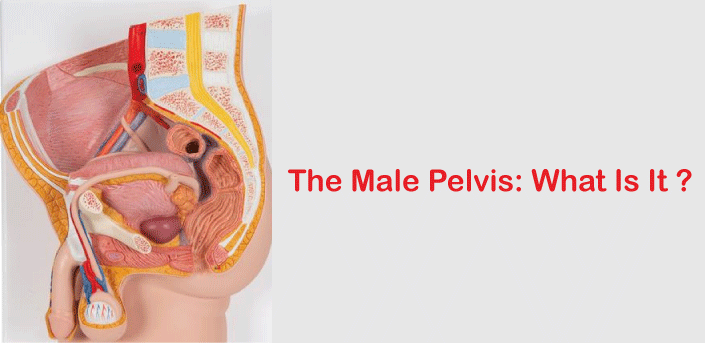
The male Pelvis is regarded as the hip point joint and the base of the spine. Its form is brief and angular. The male pelvic bone is quite big and strong since it must support the bulky muscles and masculine body structure. The three bones that make up the pelvis are the hip bones, the coccyx, and the sacrum. The sacrum is a long, narrow, straight bone in the Pelvis. The male pelvic inlet has a heart-shaped form. Moreover, the pelvic arch has a V-shape with a less than 90° angle. The male Pelvis's coccyx is fixed, positioned inward, and less curved from the front. The Female Pelvis: What Is It?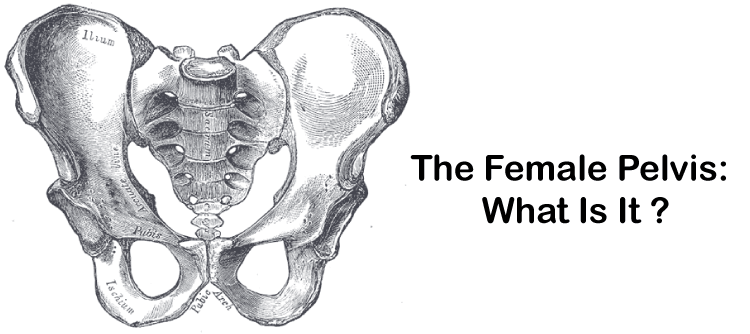
The female Pelvis is sometimes referred to as the hip socket and base of the spine. Nonetheless, it is larger and broader than a man's Pelvis. Although less in weight, the female pelvic bone is denser. They are necessary to support labour during pregnancy and ensure safe delivery. The sacrum, hip bone, and coccyx are the three additional bones that make up the pelvic bones. Shorter and broader, the sacrum bone. The pelvic inlet is shaped like an oval. The pubic arch is broader and extends beyond 90 degrees. The Male and Female Pelvis's Main Differences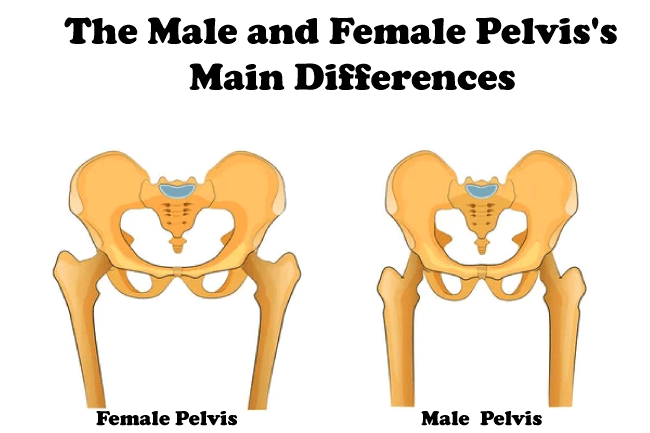
Comparing the Pelvis of Men and Women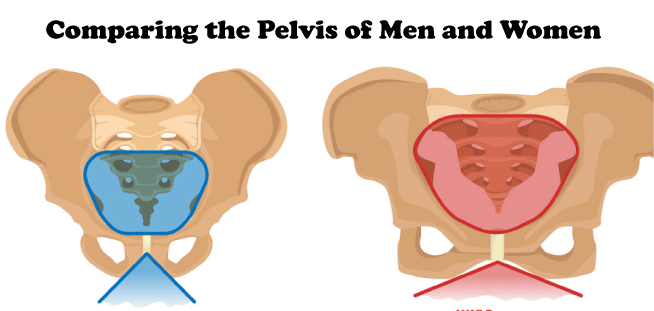
The human body's pelvic area connects the upper body and trunk and the lower legs or lower body. The reproductive organs and a few segments of the small and large intestines are also present. The male and female pelvis is located between the thighs and the belly in the lower body. Nevertheless, the morphological and functional differences between the male and female pelvis exist. Let's examine the Male and Female Pelvis in more detail. 1. Size: The male Pelvis is smaller and thinner than the female Pelvis. 2. Shape: The female pelvic inlet is oval, whereas the male pelvic inlet is heart-shaped. 3. Pelvic outlet The female pelvis' pelvic outlet is larger than the male pelvis' pelvic outlet. 4. Foramen of the obturator The female pelvis' Obturator foramen is oval as opposed to the male pelvis' spherical Obturator foramen. Similarities Between the Male and Female Pelvis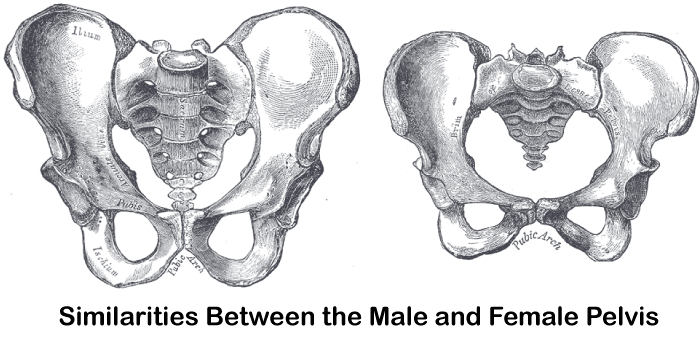
Pelvic Bones in Males and FemalesBoth males and females have pelvic bones, which are crucial to the middle section of the skeleton. They serve as the points of attachment for some of the strongest muscles in the body. Male and female pelvic bones differ in size and width. Yet, the pelvic bone called the sacrum is longer in men and smaller in women. Benefits and Drawbacks of Male vs Female Pelvis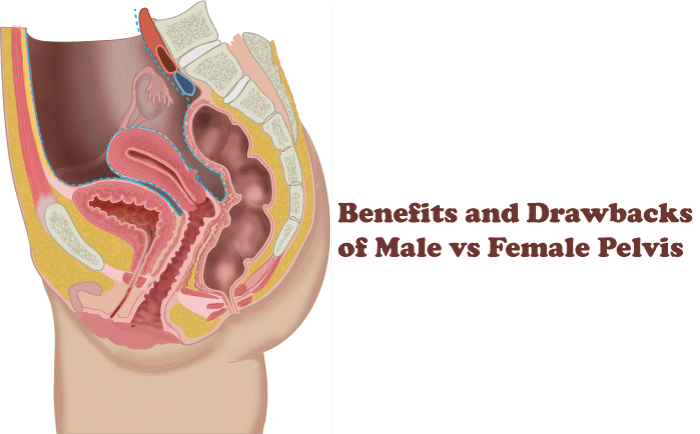
The Benefits and Drawbacks of Male PelvisBenefits of Male Pelvis
Male Pelvis Drawbacks
Benefits and Drawbacks of Female Pelvis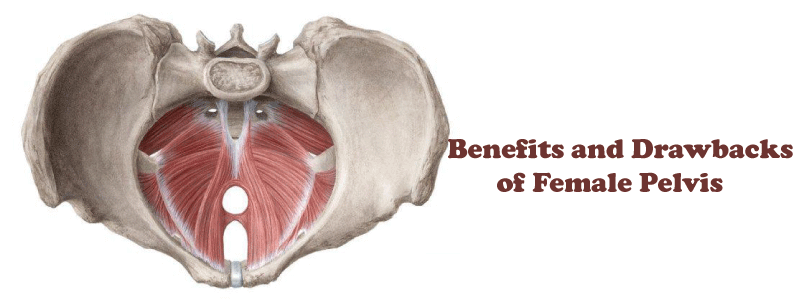
Benefits of Female Pelvis
Drawbacks of Female Pelvis
ConclusionEvery human has a pelvis, a portion of the lower body located between the abdomen and the thighs. However, the shape, size, function, and purpose of the male and female pelvises differ from one another. The female Pelvis is broader and has more space for childbearing than the male Pelvis, which is the major distinction between the two. The male Pelvis, on the other hand, is smaller and narrower and helps to maintain the guy's bulky muscles and physique. Moreover, there are differences in the pelvic structures of men and women. Whereas the female coccyx is moveable and bent anteriorly, the male is fixed and slightly curved. To carry out their tasks, both pellets are expertly developed. Any injury may also impact the other human organs inside the pelvic ring to the Pelvis. Questions about Male and Female PelvisQuestion: Why is a woman's Pelvis larger than a man's? Answer: To help in childbirth, the female pelvis is larger than the male. Greater distances in the female pelvis thus separate the anterior superior iliac spines and ischial tuberosities. Women have a greater subpubic angle because of their broader pelvises. Question: How can the hip bones of men and women be distinguished? Answer:
Question: Which Pelvis is ideal for giving birth? Answer: Considered to be the best pelvis type for a natural delivery is the gynaecoid Pelvis. This is due to the infant having lots of room during birth due to the wide, open form. As a result of the baby's potential for moving through the birth canal more slowly due to the pelvis' smaller form, the delivery may be challenging. Question: The Pelvis consists of how many bones? Answer: The Pelvis consists of 3 skeletons. The hip, sacrum, and coccyx are the three bones of the Pelvis. These bones support the upper body's weight by connecting the axial skeleton to the lower limbs. Many muscles and ligaments in the Pelvis and lower limbs also link to these bones.
Next TopicDifference Between
|
 For Videos Join Our Youtube Channel: Join Now
For Videos Join Our Youtube Channel: Join Now
Feedback
- Send your Feedback to [email protected]
Help Others, Please Share










